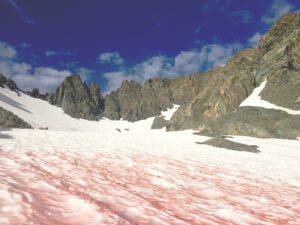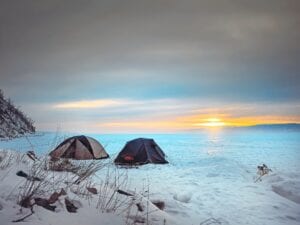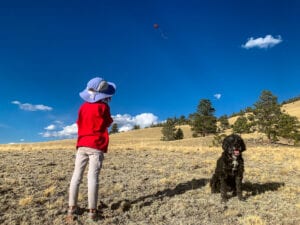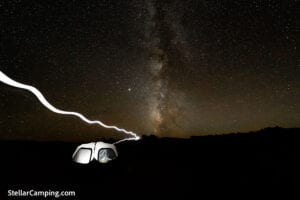Natural hazards while camping
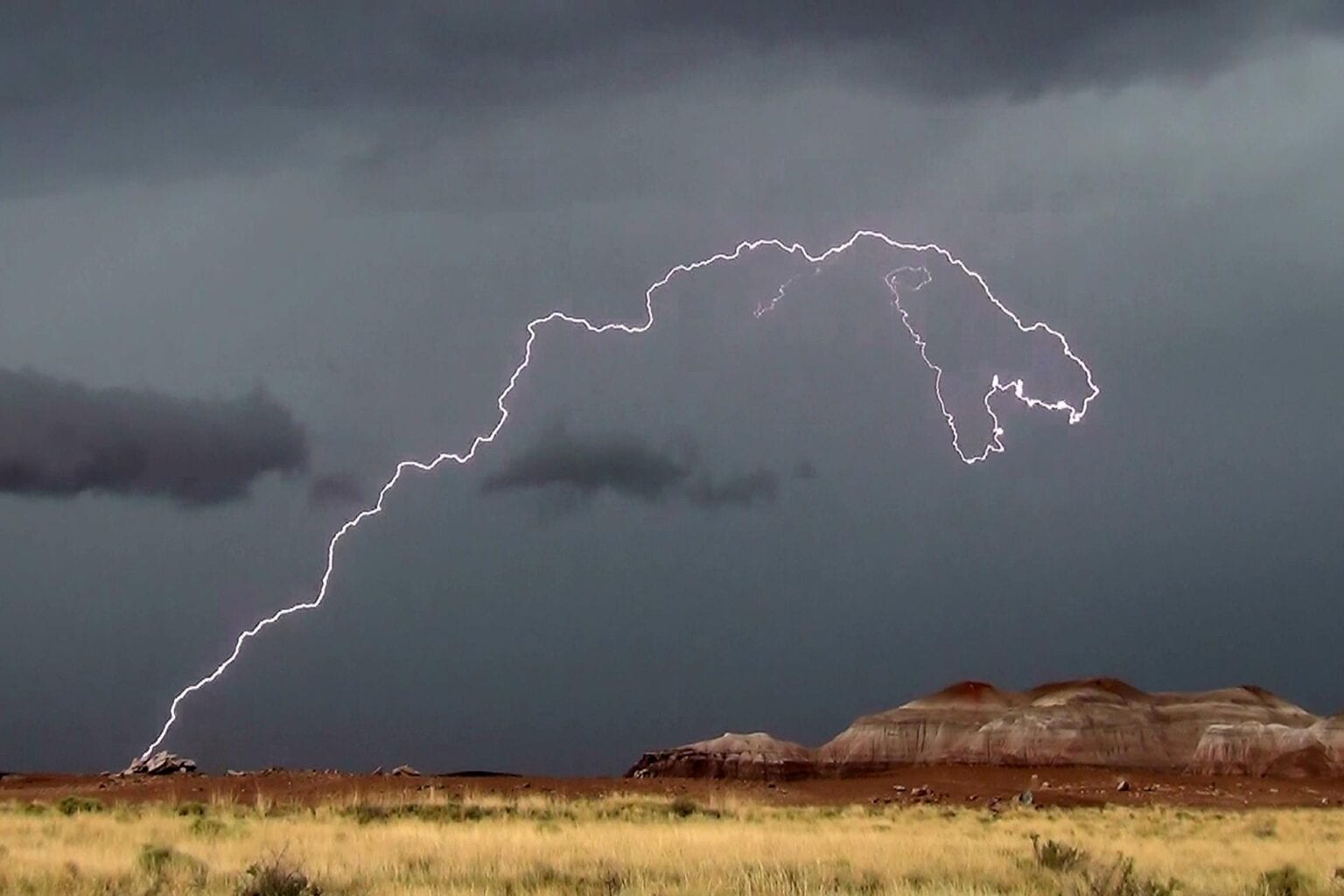
Are you concerned about possible natural hazards or dangers related to camping, such as thunderstorms, flooding, or wild animals? Camping and hiking are relatively safe activities, but awareness of risks relating to the outdoors and natural environment can keep you protected and even save your life. Read on for some quick tips.
Lightning
- Don’t camp on exposed ridges or within 30 meters of a lone tree
- In an electrical storm, avoid water, metallic objects, high ground, lone trees, open spaces, and close contact with others, per the National Lightning Safety Institute
- Safer locations include low-lying areas and groups of trees or shrubs of uniform height
- The inside of a vehicle is a safe location; a tent is not
- If you can’t get to a safe location, remain in a crouching position
Floods
- As noted in our campsite selection page, don’t camp in gorges or steep canyons that could be prone to flash flooding
- Camp above high tide levels, and understand the risks of sneaker waves (waves of unusual size, which are becoming more prevalent due to climate change)
- Be particularly cautious in and near areas that have recently burned in a wildfire, as they are more susceptible to flash floods
- If a flash flood occurs, climb to higher ground as quickly as possible
- Remember that a mere 6 inches of flood water is enough to sweep you away
Water
- Drowning is a leading cause of death in the outdoors
- Swimmers should bear in mind that lakes and rivers may have unpredictable temperatures, currents, and hidden objects
- Don’t swim alone and watch kids closely
- Don’t swallow water in a natural water body, and try to wash after swimming
- Use a life jacket when in any kind of boat
- When crossing a stream, use sturdy sandals and boots, rather than going barefoot; pull up long pants so they don’t wet and throw you off your balance; remember that wet logs and rocks may be slippery; and don’t fasten backpack buckles around your waist or chest in case you fall and need to quickly remove your pack
Heat and sun
- Hydrate, hydrate, hydrate!
- Bring and drink more water than you think you need, and consider packing a water purification system or tablets
- Replace salts lost to sweat with snacks or drinks containing electrolytes
- Use broad-spectrum sunscreen and lipscreen
Cold weather
- Avoid hypothermia by researching possible weather conditions, bringing appropriate clothing and gear, and consuming ample food
- If you get wet—either from water or sweat—remove damp clothing and dry off
Snow and avalanches
- If caught in an avalanche, try to move out of the snow’s path; if you cannot, attempt to remain on the top of the snow by using a swimming motion; try to hold an arm up
- In the mountains, stay off snowy areas near the top of ridges and cliffs—the snow may be a cornice susceptible to collapse
Landslides and rockfalls
- Don’t camp under cliffs or talus slopes
- If a landslide occurs, try to move out of its path as quickly as possible
Cliffs
- Avoid the edge of cliffs, as they may not be stable
Fire
- See our campfire page for information on keeping your campfire under control
- Campers should be aware of wildfires in the area they plan to camp, especially given the increased frequency and intensity of wildfires due to climate change; check if there are any wildfires in the area you plan to camp using InciWeb
- If caught nearby a wildfire, do not try to outrun it; instead, try to find a body of water and submerge yourself in it, or look for an already burned area
Poisonous plants and berries
- Don’t touch or eat any plant or berry you can’t identify
- Know what poison ivy, poison oak, and poison sumac look like, and avoid them [consider including visual guide here]
Wild animals
- See our page on wildlife encounters
Earthquakes
- If caught in an earthquake outside, cover your head and neck and move to an open area if such an area is close by


